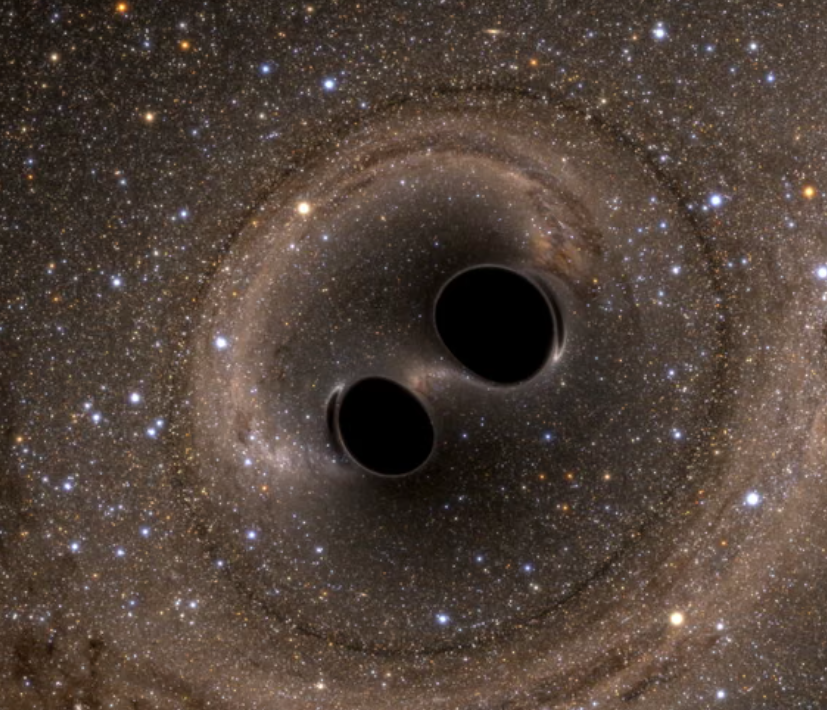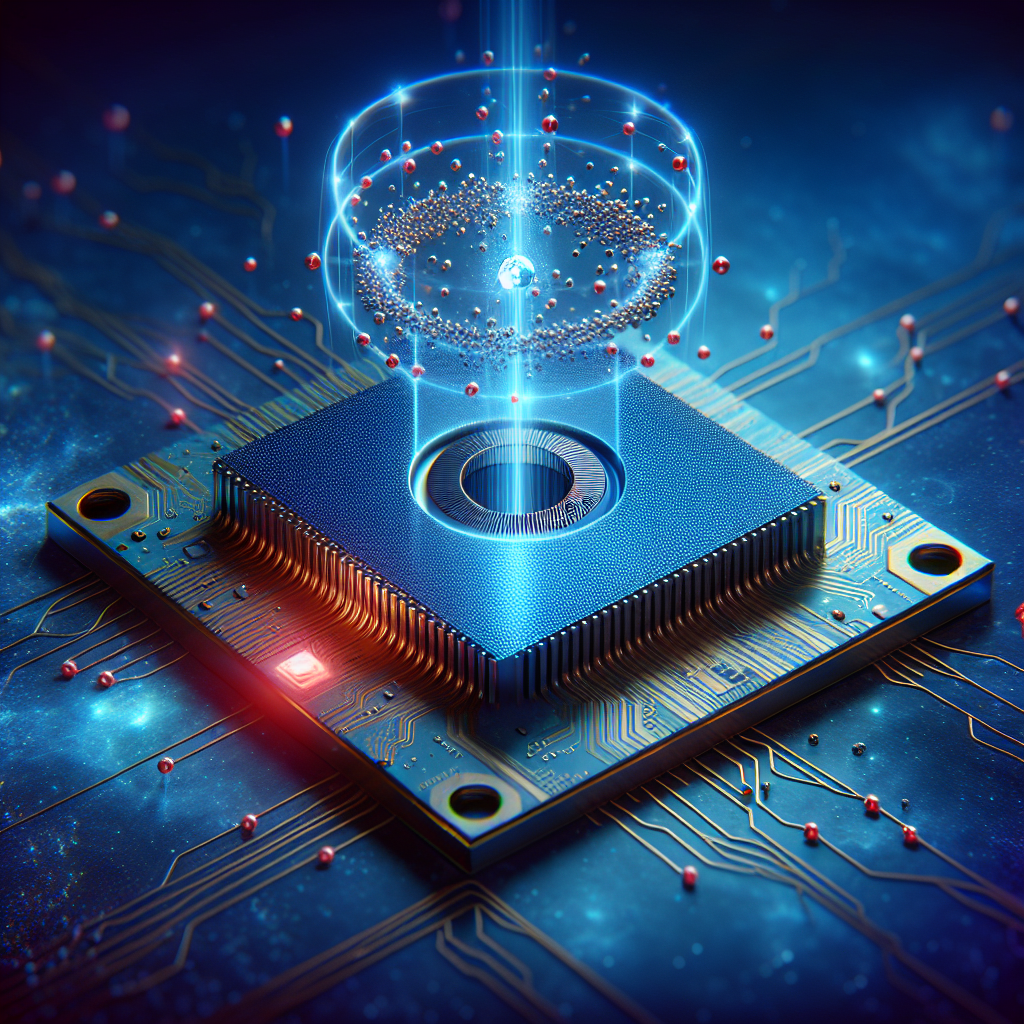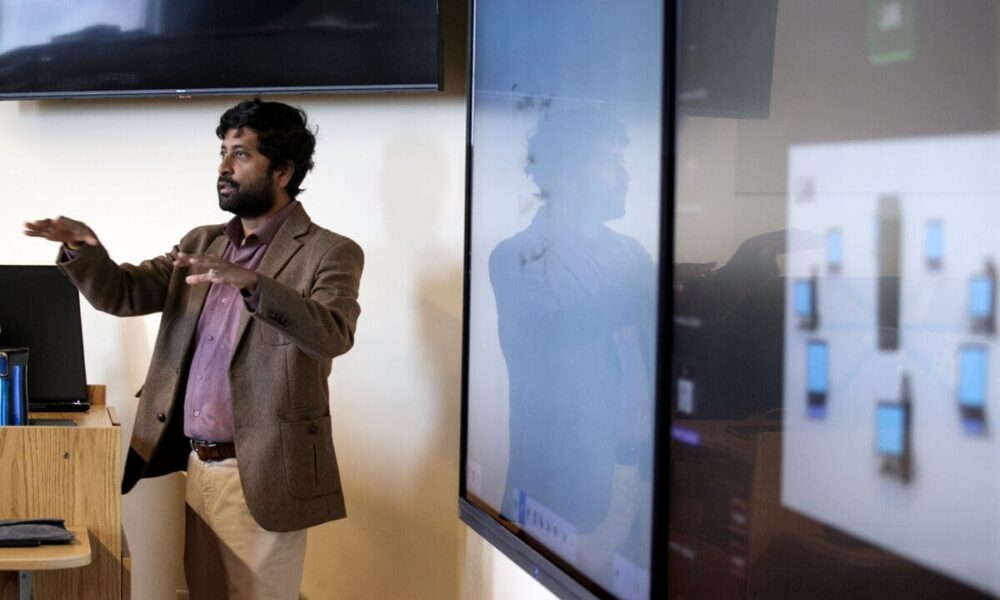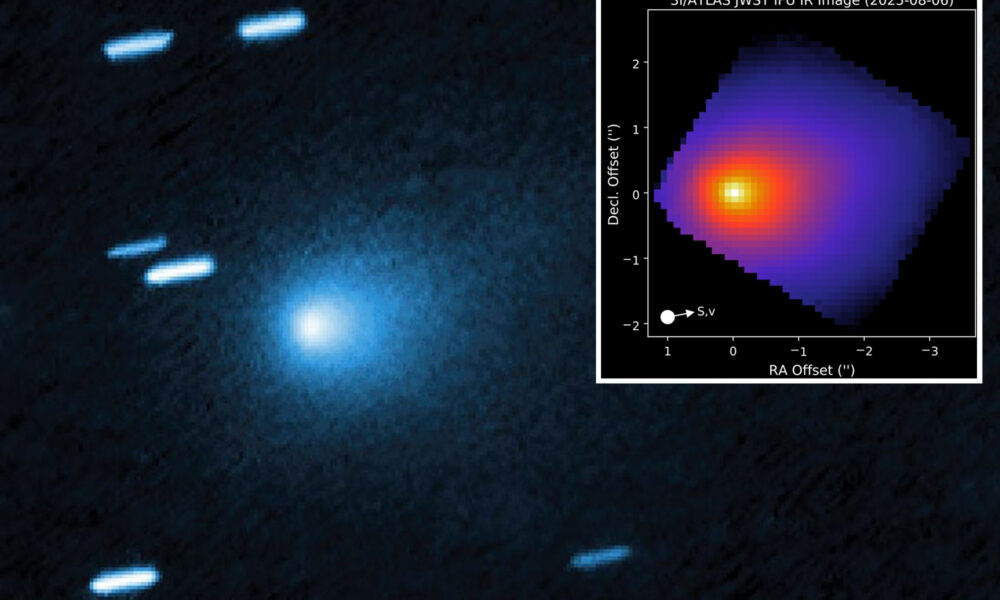Recent astronomical findings have significantly advanced our understanding of black holes, particularly through two remarkable mergers detected by the LIGO-Virgo-KAGRA collaboration in October and November 2024. These events, identified as GW241011 and GW241110, feature black holes with unusual properties that suggest a more complex formation history than previously thought.
The first merger, GW241011, occurred approximately 700 million light years from Earth, involving black holes with masses of 20 and 6 solar masses. This event stands out due to the rapid spin of the larger black hole, which is among the fastest recorded through gravitational wave observations. Just a month later, astronomers detected GW241110 at a distance of 2.4 billion light years, comprising black holes weighing 17 and 8 solar masses. Notably, this merger revealed a primary black hole spinning in the opposite direction to its orbit, an unprecedented configuration in gravitational wave astronomy.
Implications of Spin Properties
These extraordinary spin characteristics have profound implications for our understanding of black hole formation. Typically, when massive stars collapse, they create black holes with modest spins aligned with their original motion. The swift spins observed in both GW241011 and GW241110 indicate that these black holes did not originate from a straightforward stellar collapse. Instead, they are likely second-generation black holes, formed from earlier mergers, which left them with unusual spins and orientations.
In both instances, the larger black hole was nearly double the mass of its companion. This disparity aligns with the concept of hierarchical mergers, where black holes originate in dense stellar environments, such as globular clusters, where they frequently collide and merge. Each event adds mass and alters the spin, resulting in the distinctive properties observed in these recent detections.
Einstein’s Theories Confirmed
The clear signal from GW241011 provided an opportunity for astronomers to test Einstein’s general relativity with exceptional accuracy. The rapid rotation of the primary black hole resulted in a slight deformation, a phenomenon predicted by mathematician Roy Kerr’s equations for rotating black holes. The gravitational waves emitted carry this deformation as a signature that closely matches theoretical predictions. Additionally, the signal includes higher harmonics, akin to overtones in musical instruments, further confirming Einstein’s theories.
As the sensitivity of gravitational wave detectors continues to improve, astronomers anticipate additional discoveries similar to GW241011 and GW241110. These findings will likely uncover even more diverse environments in which black holes collide, enhancing our understanding of the fundamental laws governing these extreme entities in the universe.
The ongoing research into these mergers marks an exciting chapter in astrophysics, challenging existing paradigms and revealing the complex nature of black hole evolution.







